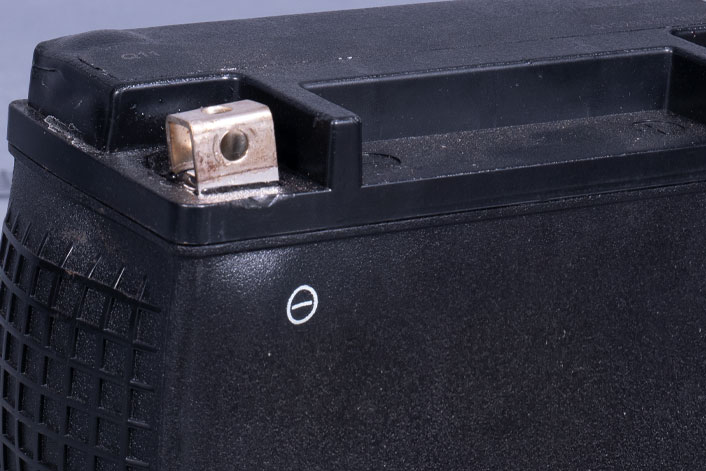Recognizing a defective motorcycle battery: This is how it works


Just a glance at your motorcycle battery reveals a lot about its condition. This allows you to quickly assess whether it is still worth charging or whether it is better to leave it alone.
We'll show you how to recognize a faulty battery and how to protect yourself from unpleasant surprises.
You can also watch the corresponding video here:

It is also worth taking a look at the visible parts of permanently installed motorcycle batteries. This allows you to detect problems at an early stage and keep your motorcycle safely on the road.

Shake the clamps and check that they are tight.
Is there white powder at the terminals? This indicates strong gassing of the battery, sulphate has settled here and electrolyte has been lost.
Has the terminal grown? Is it sitting crooked on the battery? Is it slightly dented at the bottom of the box? Are the terminals still firmly anchored on the battery tray? Loose terminals transmit voltage poorly. The box may already be damaged.
Are the labels wavy? The battery was probably exposed to quite high temperatures during operation or charging.
The box is also deformed by extreme temperatures.
Does the box have a crack? A stress crack can be caused by external influences.

Replacement necessary: If you notice deposits on the terminals, problems with the fit of the terminals or damage to the battery housing, unfortunately only a replacement will help.
Prevention is better than repair: With these tips, you can extend the life of your battery and prevent damage: